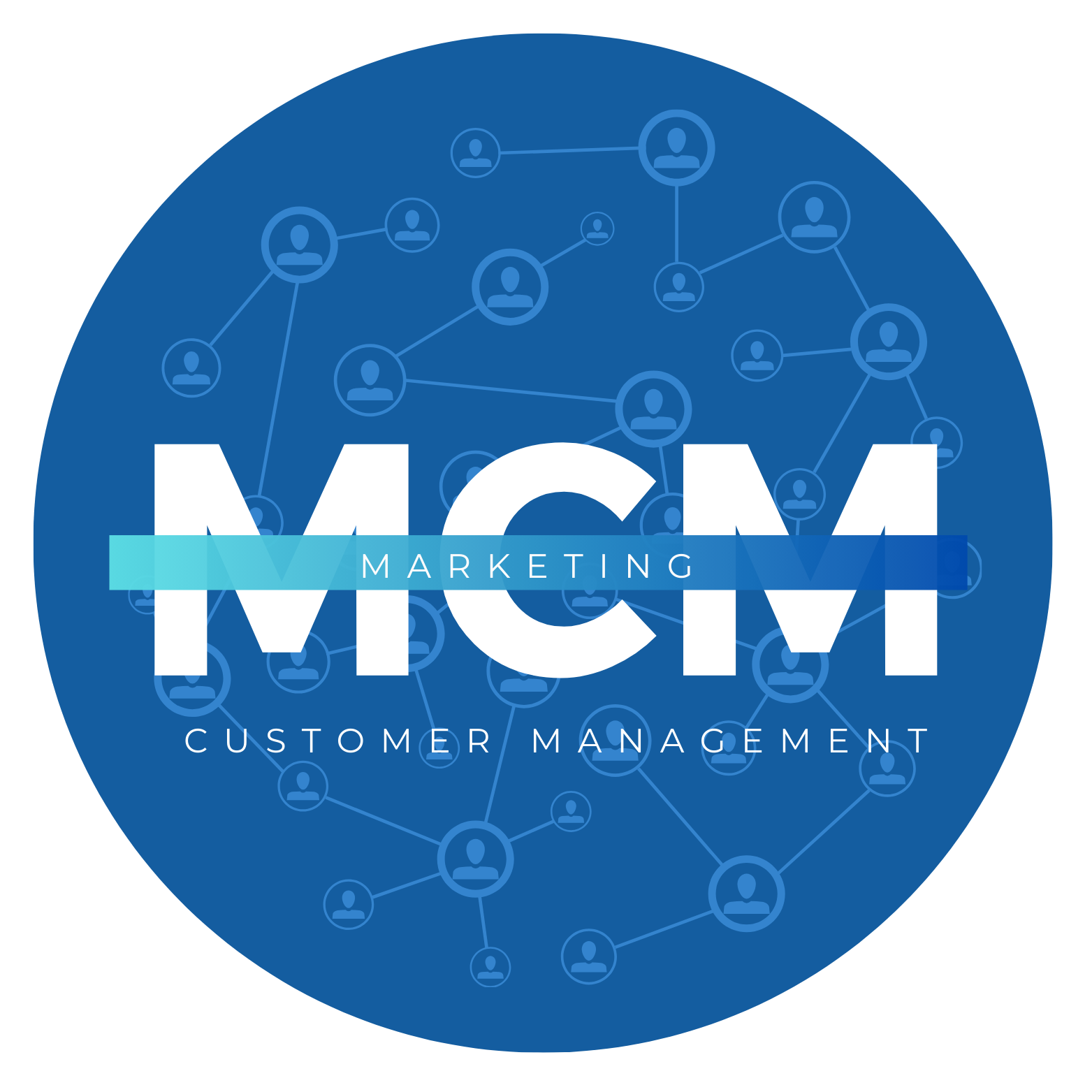Maximizing Your Marketing ROI:
What to expect from your advertising dollars.

The ROI (Return on Investment) for marketing dollars can vary widely depending on the type of advertising and the industry, but there are some general benchmarks and considerations to keep in mind:
General ROI Benchmarks for Marketing:
1. Digital Marketing (General): The average ROI for digital marketing is typically around 5:1, meaning for every dollar spent, a business might expect to generate five dollars in revenue. However, strong campaigns can achieve an ROI of 10:1 or higher.
2. Email Marketing: Email marketing often has one of the highest ROIs, with averages ranging from 36:1 to 44:1. This is due to the relatively low cost of execution compared to the highly targeted audience you can reach.
3. Paid Search (PPC - Pay-Per-Click): PPC campaigns, such as Google Ads, tend to have an average ROI of around 2:1 to 5:1. Highly optimized campaigns can see higher returns, but costs can also vary depending on the industry.
4. Social Media Advertising: The ROI for social media ads (Facebook, Instagram, etc.) can be more variable. On average, it ranges from 2:1 to 5:1, but this can increase or decrease based on targeting, content quality, and audience engagement.
5. SEO (Search Engine Optimization): While the ROI for SEO can take longer to realize, it often yields a strong return over time. The average SEO ROI can range from 5:1 to 12:1, though results may take months to manifest as rankings improve.
6. Content Marketing: ROI for content marketing can vary depending on the quality and distribution of the content. On average, businesses report a 6:1 ROI, but this can rise significantly with strategic, high-quality content over time.
7. Influencer Marketing: Depending on the influencer and the platform, ROI can vary greatly. The average ROI here is 5:1, but it can soar much higher with the right partnerships and audience alignment.
8. Traditional Advertising (TV, Radio, Print): Traditional forms of advertising tend to have a lower ROI compared to digital channels due to higher costs and less targeted reach. The ROI can range from 1.5:1 to 4:1, depending on the medium and market.
Differences in ROI Based on Advertising Types:
- Digital vs. Traditional: Digital marketing often outperforms traditional advertising in terms of ROI because it allows for precise targeting, better tracking, and optimization of campaigns in real-time.
- Paid Ads vs. Organic: Paid ads (like PPC or social media ads) tend to show faster but sometimes shorter-term ROI, while organic strategies (SEO, content marketing) have a longer timeline but can provide stronger returns over time.
- Highly Targeted Campaigns: Marketing strategies like email marketing or retargeting campaigns often deliver higher ROI because they reach a more qualified audience, compared to broader awareness campaigns on TV or billboards.
Factors that Influence ROI:
- Industry: Industries with high-value products or services (e.g., insurance, B2B SaaS) may see higher ROI compared to industries with lower margins.
- Campaign Goals: The type of goal—brand awareness, lead generation, or sales—affects how ROI is measured.
- Budget and Optimization: More effective budgeting and continual optimization of campaigns tend to increase ROI.
Conclusion:
The expected ROI for marketing spend can vary significantly based on the advertising channel, industry, and campaign goals. While digital marketing typically delivers higher ROI than traditional advertising, within digital marketing, some channels like email and SEO may provide a stronger return over time, whereas paid ads can yield more immediate results.
And, remember, at MCM, we don't just focus on the Lead Generation side of Marketing. Because effective marketing goes beyond generating leads—it’s about nurturing relationships through every stage of the sales funnel. By aligning your marketing with your sales process and leveraging customer management tools to track and engage with leads, prospects, and past clients, you can maximize the value of every marketing dollar you spend. Businesses that invest in both customer acquisition and retention will enjoy stronger ROI and long-term growth.
MCM's Marketing Mindset







